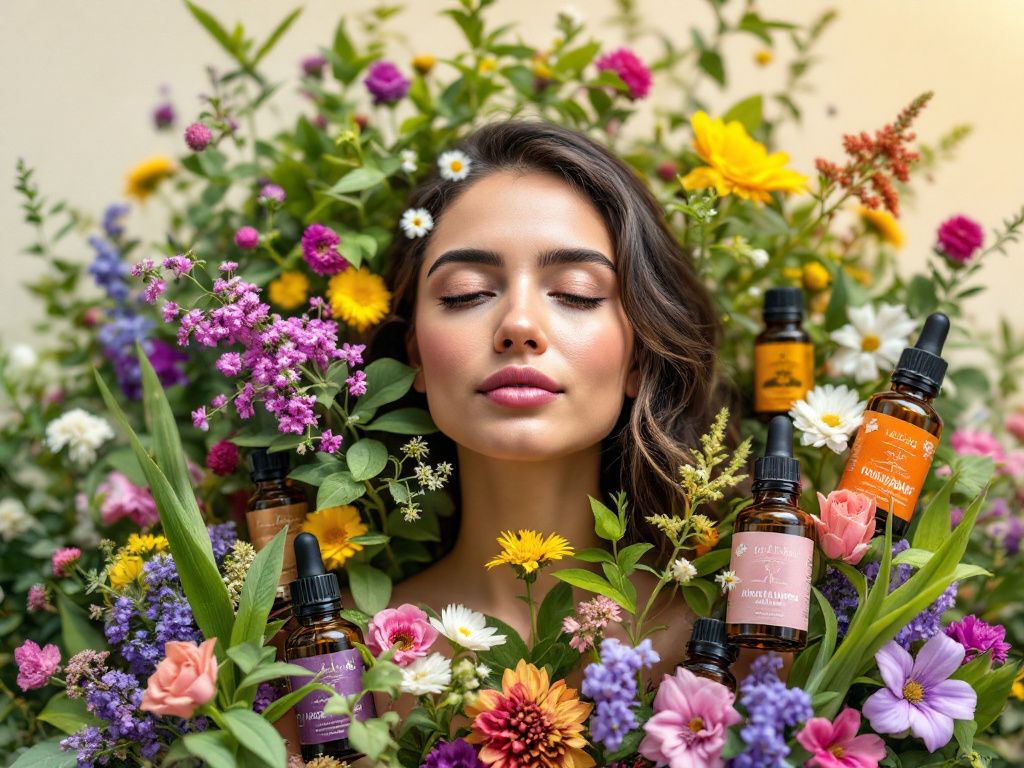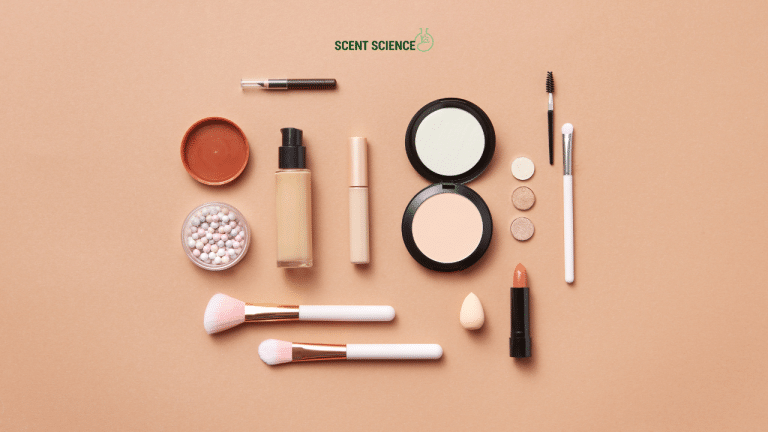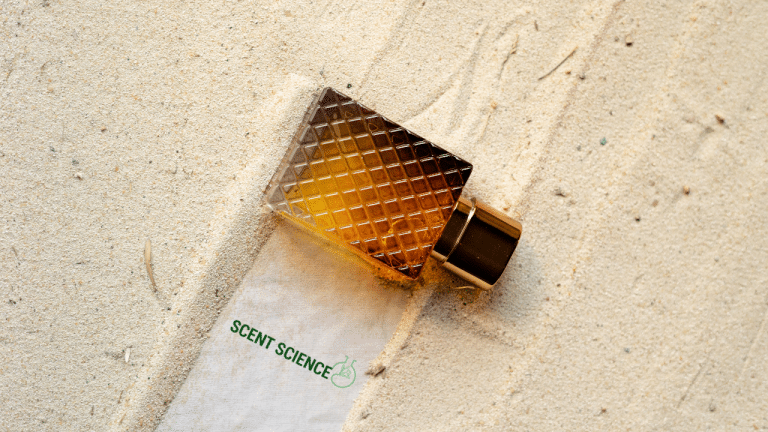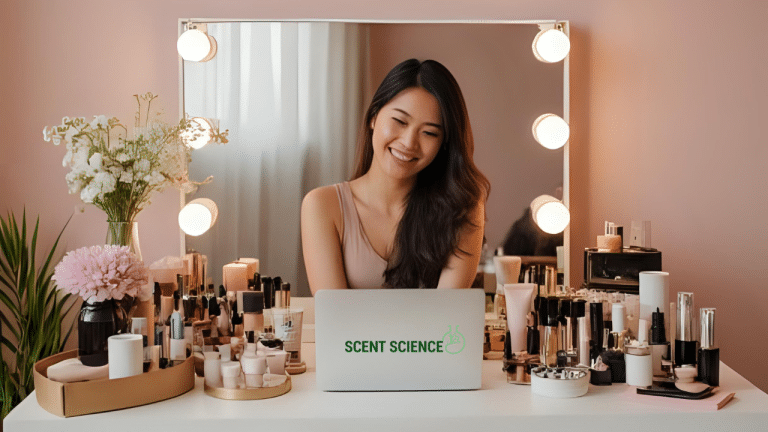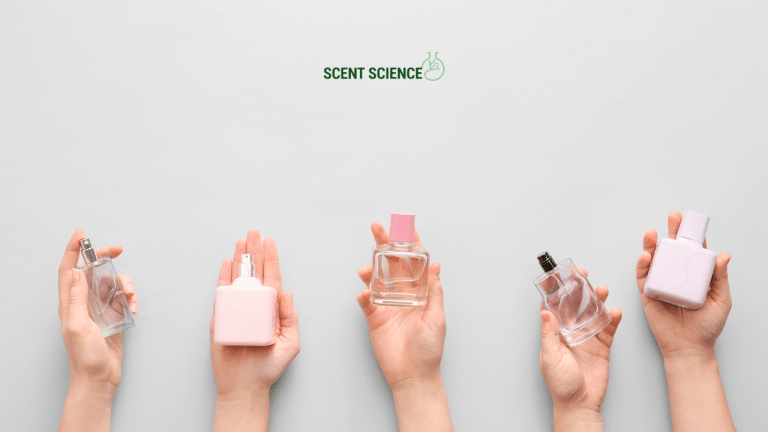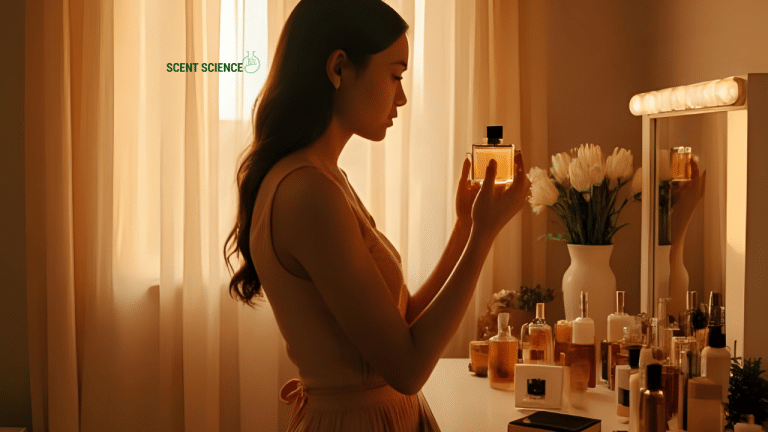The bustling bazaar of essential oils dazzles us with promises of stress relief, therapeutic benefits, and the simple pleasure of aromatic delight. Yet, behind these alluring scents lies a complex web of chemistry that dictates their vast utility and efficacy. Understanding essential oil science means unraveling the molecular mysteries packed within each drop. As we embark on this olfactory journey, we will dissect the molecules, methods, and myths to distill facts from fragrance. 🚀
Table of Contents
ToggleThe Molecular Marvel: What Exactly Are Essential Oils?
At their core, essential oils are concentrated, volatile plant compounds extracted primarily through processes like steam distillation, cold pressing, and solvent extraction. Volatility refers to the ability of these compounds to vaporize at room temperature, a characteristic that propels their aromas into the air and into our sensory experiences.
Key Components of Essential Oils
Predominantly, essential oils comprise hydrocarbons (terpenes) and oxygenated compounds (alcohols, aldehydes, and esters), each contributing differently to their aroma and therapeutic properties.
- Terpenes: These are the most prevalent causes of aromatic diversity. Terpenes like limonene (zesty in lemon oils) and pinene (crisp and fresh in pine oils) are carbonaceous compounds that carve the primary profiles of these oils. Terpenes are grouped into monoterpenes (10 carbon atoms) and sesquiterpenes (15 carbon atoms), impacting both scent and stability.
- Alcohols: Found in oils like lavender (linalool) and tea tree (terpinen-4-ol), alcohols are known for their antimicrobial properties. They foster preservation while imparting floral or herbal undertones.
- Aldehydes and Ketones: These components contribute sharp, piercing notes; think of aldehydes in lemongrass lending citrus sharpness or ketones in rosemary infusing camphoraceous warmth.
- Esters: Creating soft, sweet fragrances, esters are present in oils such as bergamot and lavender. They are celebrated for their calming effects.
These compounds don’t just create enticing fragrances; they anchor essential oils’ therapeutic benefits — from antimicrobial prowess to mood modulation.

The Extraction Methods: Purity, Potency, and Practicality
The extraction technique determines not only the purity and sensory profile of an essential oil but also its sustainability and effectiveness.
Steam Distillation: The Gold Standard
Steam distillation is the reigning method of extraction, particularly suited for sensitive flowers and leaves. The process involves passing steam through plant material, vaporizing the volatile components, which then condense back into liquid upon cooling.
- Pros: Retains the integrity of the oils with minimal chemical alteration.
- Cons: Requires a large amount of raw material, which can impact sustainability.
Cold Pressing: A Citrus-Friendly Technique
For citrus oils, cold pressing is the method of choice. Mechanical pressure extracts the oil from the peel, capturing the true zest of the fruit.
- Pros: Retains the oils’ full complexity and prevents heat degradation.
- Cons: Primarily limited to citrus materials.
Solvent Extraction: For Delicate Florals
For flowers too delicate to endure distillation, solvent extraction employs compounds like ethanol to draw out the oils, resulting in absolutes and concretes.
- Pros: Captures fragrances that cannot survive high temperatures.
- Cons: Possibility of residual solvents affecting quality.
An Enlightening Study: Efficacy and Science

Every practitioner, from aromatherapists to cosmetic formulators, asks about therapeutic efficacy. Substantiating essential oil efficacy isn’t about faint praise but relies on grounded research.
Lavender and Stress: A Case for Calming
In a randomized controlled trial published in *Frontiers in Psychology* (2020), lavender oil demonstrated significant reductions in anxiety levels when administered as aromatherapy. The study validated the bi-directional hypothesis; both smell and contact avenues helped modulate anxious responses due, primarily, to its linalool content.
Tea Tree Oil: Antiseptic Powerhouse
Tea tree oil’s antimicrobial capability has been reinforced through studies like the one published in *Clinical Microbiology Reviews* (2019) which detailed tea tree oil’s efficacy against Methicillin-resistant Staphylococcus aureus (MRSA) in concentrations as low as 5%. Its primary component, terpinen-4-ol, holds the antiseptic and antifungal magic engaged in a myriad of medical applications.
Avoiding Adulteration: Standards and Authenticity
The nature of essential oil science is such that purity is paramount. Adulteration can severely affect quality and safety. The International Organization for Standardization (ISO) provides specs for major essential oils to ensure they meet criteria for both composition and authenticity.
ISO Standards at a Glance
- ISO 3515: For peppermint oil, specifying minimum menthol content.
- ISO 3517: For lavender oil, dictating linalool and linalyl acetate concentrations.
Following standard specifications, industry companies ensure their claims harmonize with validated purity and authenticity. Without accepted standards, the inconsistency in therapeutic benefits implies enlarged safety concerns.

Harnessing Essential Oils: Best Practices and Tips
Dilution: The Cumcular Balance
Essential oils boast potency; thus, uncontrolled application can cause dermal irritation or sensitization.
- Best Practice: Use a carrier oil—a neutral plant-based oil, e.g., jojoba or almond oil— diluting the essential oil to 1-2%.
Storage: Preserving the Essence
- Keep Cool and Dark: Store in amber or cobalt bottles, minimizing exposure to air and light, which degrade the oils.
Application: Mindful Modulation
- Inhalation, diffusion, and topical application are the standard modes, but each requires careful modulation aligned with guidelines set out by bodies like the International Federation of Aromatherapists (IFA).
Conclusion: Essential Oils — Fragrance and Science Intertwined
In the sensory and sensory barrens, understanding essential oil science raises more than a fragrant theory; it opens doorways to verifiable effects aligning with molecular realities. The chemistry creates the unique symphony of scent and therapeutic properties, navigating us towards purposeful use. 🌿
Whether leaning into integrated wellness or pursuing the craftsmanship of olfactory creation, essential oils remain a science found at the crossroads of art and application, professionally bound and stunningly aromatic.
Frequently Asked Questions
What are the benefits of using a hair mask in my hair care routine?
Using a hair mask can provide several benefits, including hydration, smoothing, strengthening, curl definition, heat protection, and damage repair. Hair masks infuse the hair with moisture, help coat the hair shaft to seal split ends, reduce breakage, and protect the hair from heat styling and environmental damage[1][4].
What ingredients should I look for in a hair mask?
Effective hair masks often include ingredients such as coconut oil, argan oil, shea butter, honey, avocado oil, green tea, and coconut water. These ingredients provide nourishment, moisturize, and protect the hair, offering benefits like softening, moisturizing, and protecting against damage[2][5].
How often should I use a hair mask in my routine?
You should use a hair mask whenever your hair feels dry, unmanageable, or in need of intense hydration. This can vary depending on your hair type and needs, but generally, using a hair mask once or twice a week can help maintain healthy and moisturized hair[1][4].
How do I apply a hair mask for the best results?
To apply a hair mask effectively, shampoo your hair first, then apply the mask, focusing especially on the ends where hair tends to be the most damaged. Leave the mask on for anywhere from 10 minutes to overnight, depending on the type of mask and your hair’s needs[1][4].
References
